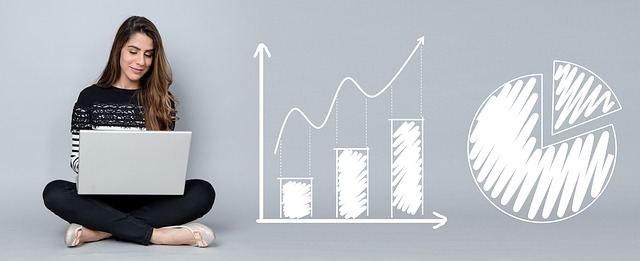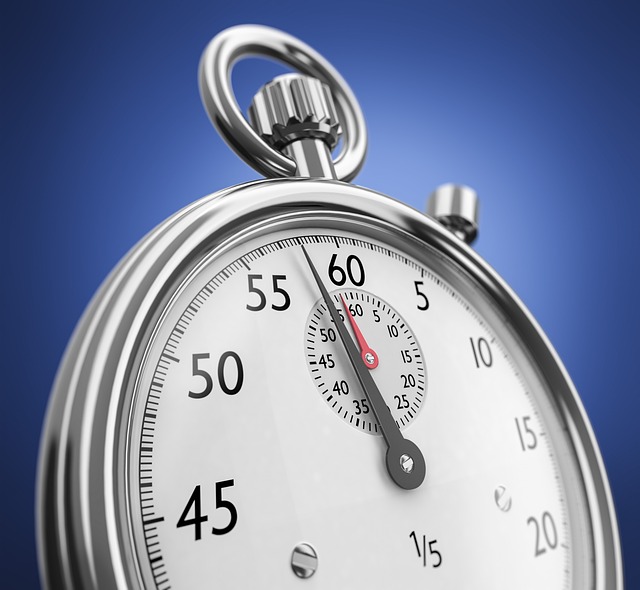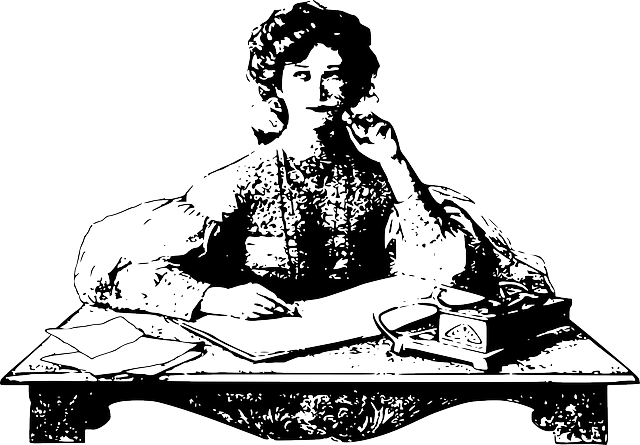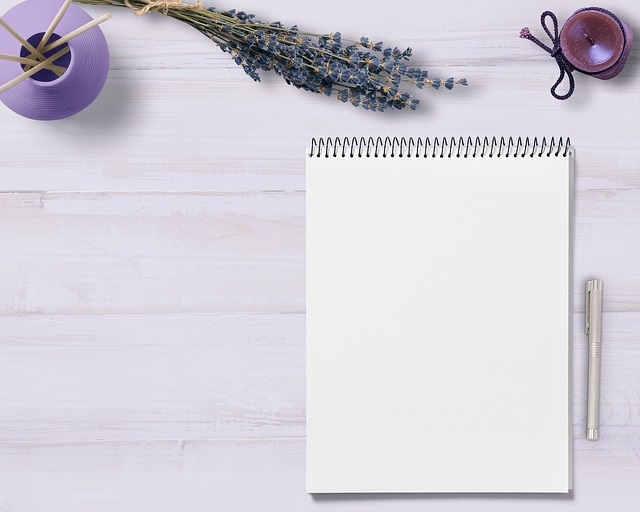The Romantic Era is famous for its poetry--in fact, Romanticism is one of the most influential periods in the history of English poetry.
It’s a pretty safe bet that you’ll have to tackle Romantic poetry at some point, whether it’s in your English classes or on the AP Literature and Language exam. That’s why we’ve whipped up a crash course on the Romantic Era for you! We’ll explain the following in our crash course:
- Answer the question, “What is Romanticism?” by providing a Romanticism definition and describing the historical context of the era
- Explain Romanticism characteristics that are unique to the period’s philosophy and literature
- Give an overview of the key traits of Romanticism literature and poetry, including Romanticism examples
- List the six most important Romantic poets you need to know
- List five books for further reading if you want to learn more about the Romantic Era!
There’s a lot to cover about Romanticism, so let’s get started!
























